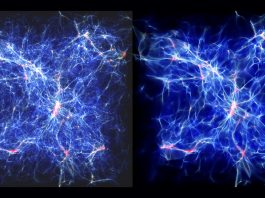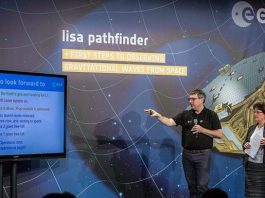A team of Columbian researchers suggest that an early model could solve the mystery behind the relationship between dark energy and the cosmological constant.
The cosmological constant is the energy density of space or vacuum energy. It is closely associated with the concepts of dark energy and quintessence, and because the cosmological constant is a fixed value across the Universe, it implies that dark energy will always have the same strength.
Despite being aware of the Universe’s expansion for 20 years, scientists do not know the force driving it. One explanation for this force, dark energy, has been inserted into standard cosmological models with the cosmological constant being used to define that acceleration.
New research suggests that an early model of dark energy presents a competing theory that offers all the benefits of current models without the issues associated with the cosmological constant. The research, published in New Astronomy, was conducted by Luz Ángela García, an astronomer at Universidad ECCI, Colombia, and her co-authors, Leonardo Castañeda and Juan Manuel Tejeiro from Observatorio Astronómico Nacional, Universidad Nacional de Colombia, Colombia.
García, a corresponding author, said: “Our work is a proposal for a candidate dark energy model, as an alternative to the standard cosmological constant. This theoretical model provides a possible explanation for the current accelerated expansion of the Universe.”
García explained that the novel aspect of the paper is that it suggests that the cosmological constant may not be needed to describe dark energy, thus avoiding some difficulties that it presents – namely the massive divergence between the constant’s theoretical prediction and its experimental value.
García added: “The cosmological constant has serious theoretical issues. Plenty of alternative models have been proposed, but some of them need to be very mathematically complex in order to provide a physical interpretation of the phenomena. We present a completely different form of dark energy that by construction produces the accelerated expansion in this stage of the Universe, but also evolves with redshift; therefore, it can be linked to other astronomical observations in the past.”









